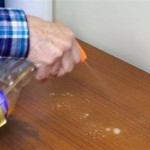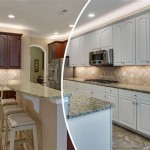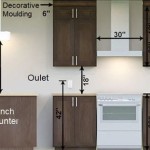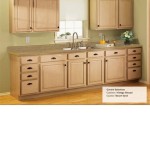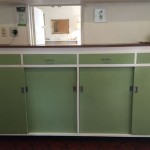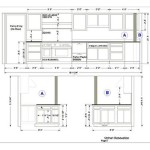Essential Aspects of DIY Adding Trim to Kitchen Cabinets
Enhancing the aesthetics and functionality of kitchen cabinets is a home improvement project that can transform the overall look of your kitchen. DIY kitchen cabinet trim can be an exciting and rewarding undertaking, but it requires careful consideration of essential aspects to ensure a successful outcome. This article delves into the crucial aspects that will guide you through the process, from planning and preparation to installation and finishing.
Transition:
The following sections will explore the essential aspects of DIY kitchen cabinet trim, providing detailed guidance and tips to help you achieve a professional-looking finish that adds both beauty and functionality to your kitchen.
1. Planning and Preparation
Planning and preparation are fundamental to a successful DIY cabinet trim project. This involves determining the style of trim you want, measuring the cabinets accurately, and gathering all necessary materials and tools. Proper preparation will ensure that the trim fits seamlessly and complements the existing cabinetry.
2. Choosing the Right Trim
Selecting the appropriate trim for your kitchen cabinets is crucial. Consider the style of your kitchen, the material of the cabinets, and the desired functionality. Different types of trim, such as crown molding, base molding, and light rail, serve specific purposes and can impact the overall aesthetic of the kitchen.
3. Measuring and Cutting Accurately
Accurate measuring and cutting of the trim pieces are essential for a precise fit. Use a measuring tape and a miter saw to ensure clean, precise cuts. Double-check measurements before cutting to minimize waste and ensure a perfect fit.
4. Proper Installation Techniques
The installation process involves attaching the trim to the cabinets securely. Use wood glue and nails or screws to ensure a strong bond. Countersink the nails or screws slightly below the surface and fill the holes with wood filler to create a smooth finish.
5. Finishing Touches
Once the trim is installed, the finishing touches enhance its appearance and protect it. Sand the trim lightly to smooth any rough edges. Applying a primer and paint or stain will not only improve its durability but also allow you to match the existing cabinetry or create a contrasting accent.
6. Tools and Materials
Having the right tools and materials is crucial for efficient and successful DIY cabinet trim installation. Essential tools include a miter saw, a measuring tape, a nail gun or hammer, and wood filler. Materials include the trim pieces, wood glue, nails or screws, and primer and paint or stain.
Conclusion
DIY kitchen cabinet trim can be a fulfilling project that adds both aesthetic appeal and functionality to your kitchen. By carefully considering the essential aspects outlined in this article, you can approach the task with confidence and achieve a professional-looking finish. Remember to plan thoroughly, choose the right materials, measure and cut accurately, install the trim securely, and apply finishing touches meticulously. With the right techniques and attention to detail, you can transform your kitchen cabinets into a stylish and cohesive part of your home decor.

From Drab To Fab Adding Trim Cabinets

How To Add Trim And Paint Your Laminate Cabinets

From Drab To Fab Adding Trim Cabinets

Adding Shaker Trim To Flat Panel Cabinets Hometalk

Adding Moldings To Your Kitchen Cabinets Remodelando La Casa

Adding Molding To Old Cabinets Diy Tutorial Kitchen Cabinet Doors

How To Add Trim And Paint Your Laminate Cabinets

How To Add Trim And Paint Your Laminate Cabinets

Diy Kitchen Cabinet Upgrade With Paint And Crown Molding

The Easiest Way To Install Crown Molding On Cabinets
Related Posts


